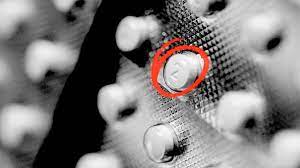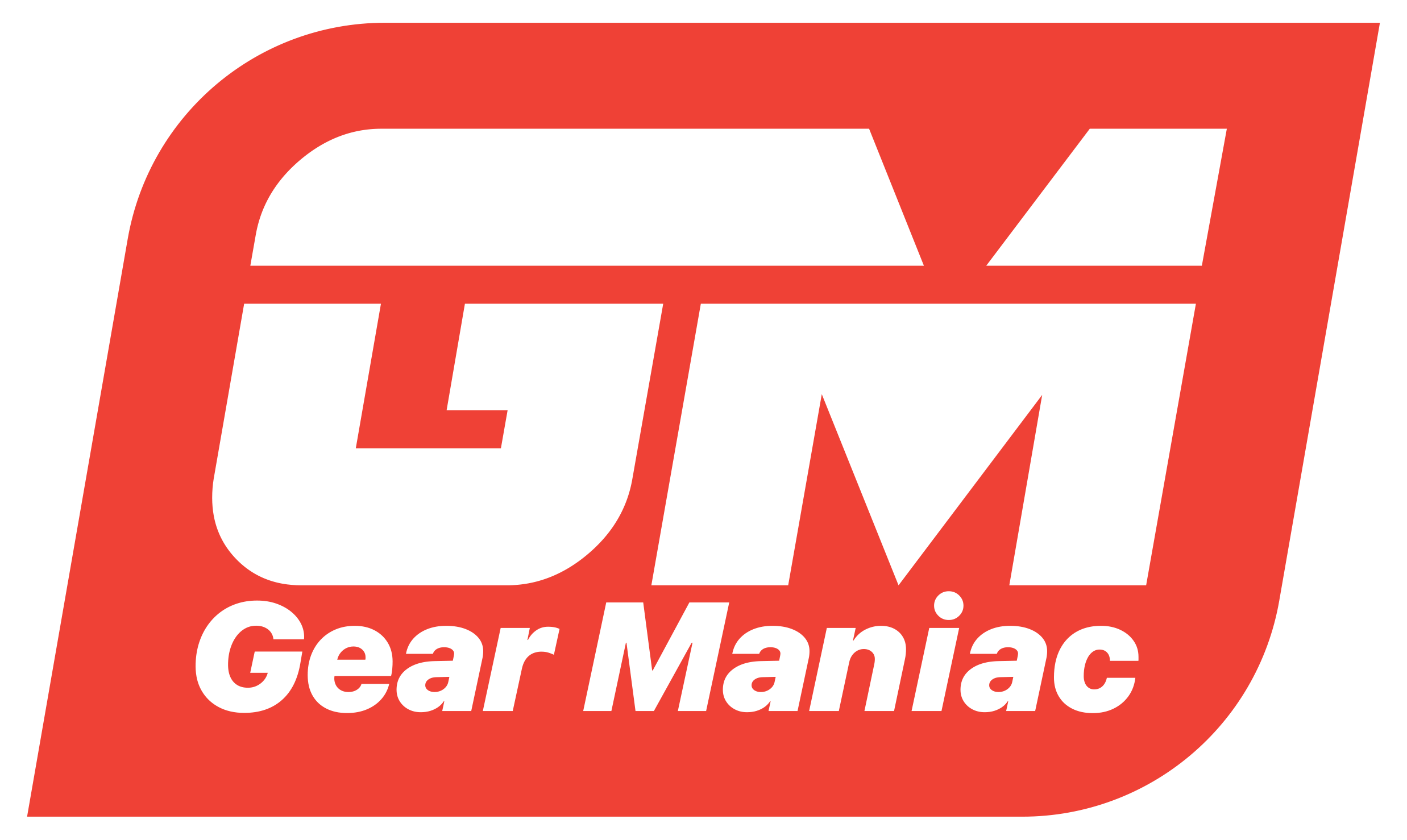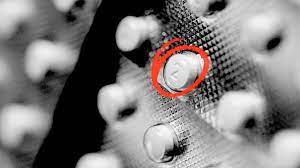Clenbuterol Dosage Guidelines: Sports Nutrition and Workout Enhancers

Understanding Clenbuterol:
Clenbuterol is a bronchodilator primarily used to treat respiratory conditions like asthma. It belongs to a class of compounds known as beta-2 adrenergic agonists. Due to its properties, it has also found its way into the fitness world for its potential to promote fat loss and increase lean muscle mass.
Clenbuterol in Sports Nutrition:
Fat Burning: Clenbuterol is believed to increase metabolism, leading to enhanced fat burning. Athletes often seek it to achieve a leaner physique.
Preserving Muscle Mass: Unlike some other weight loss methods, Clenbuterol may help preserve muscle tissue during calorie deficits, which is vital for athletes.
Performance Enhancement: Some athletes believe that Clenbuterol can improve endurance and stamina, potentially giving them an edge in their training sessions and competitions.
Proper Clenbuterol Dosage:
Determining the right Clenbuterol dosage is critical to prevent adverse effects and maximize benefits. Here are some dosage guidelines to consider:
Start Low: Begin with a low dose, typically 20-40 micrograms (mcg) per day for men and 10-20 mcg for women to assess your tolerance.
Gradual Increase: Slowly increase the dose by 20 mcg every two to three days until you reach your desired dosage.
Cycle On and Off: Use Clenbuterol in cycles, such as 2 weeks on and 2 weeks off, to prevent your body from becoming desensitized to its effects.
Monitor Side Effects: Pay close attention to side effects like increased heart rate, jitteriness, and muscle cramps. If these occur, lower your dosage immediately.
Safety First:
While Clenbuterol may offer potential benefits, it’s essential to prioritize safety.
Consult a Healthcare Professional: Before starting Clenbuterol, consult with a healthcare provider to ensure it’s appropriate for you, especially if you have any underlying health conditions.
Quality Matters: Ensure you source Clenbuterol from reputable suppliers to minimize the risk of contaminated or adulterated products.
Stay Informed: Keep abreast of any legal restrictions or regulations regarding Clenbuterol in your region.

In the world of sports nutrition and workout enhancers, Clenbuterol is a compound that demands careful consideration. While it may offer potential benefits, it comes with risks, and proper dosage guidelines are crucial for safety and effectiveness. Always prioritize your health when exploring the use of Clenbuterol or any other supplements in your fitness journey.
By understanding Clenbuterol dosage guidelines within the context of sports nutrition and workout enhancement, you can make informed decisions about whether it’s the right choice for your fitness goals.









